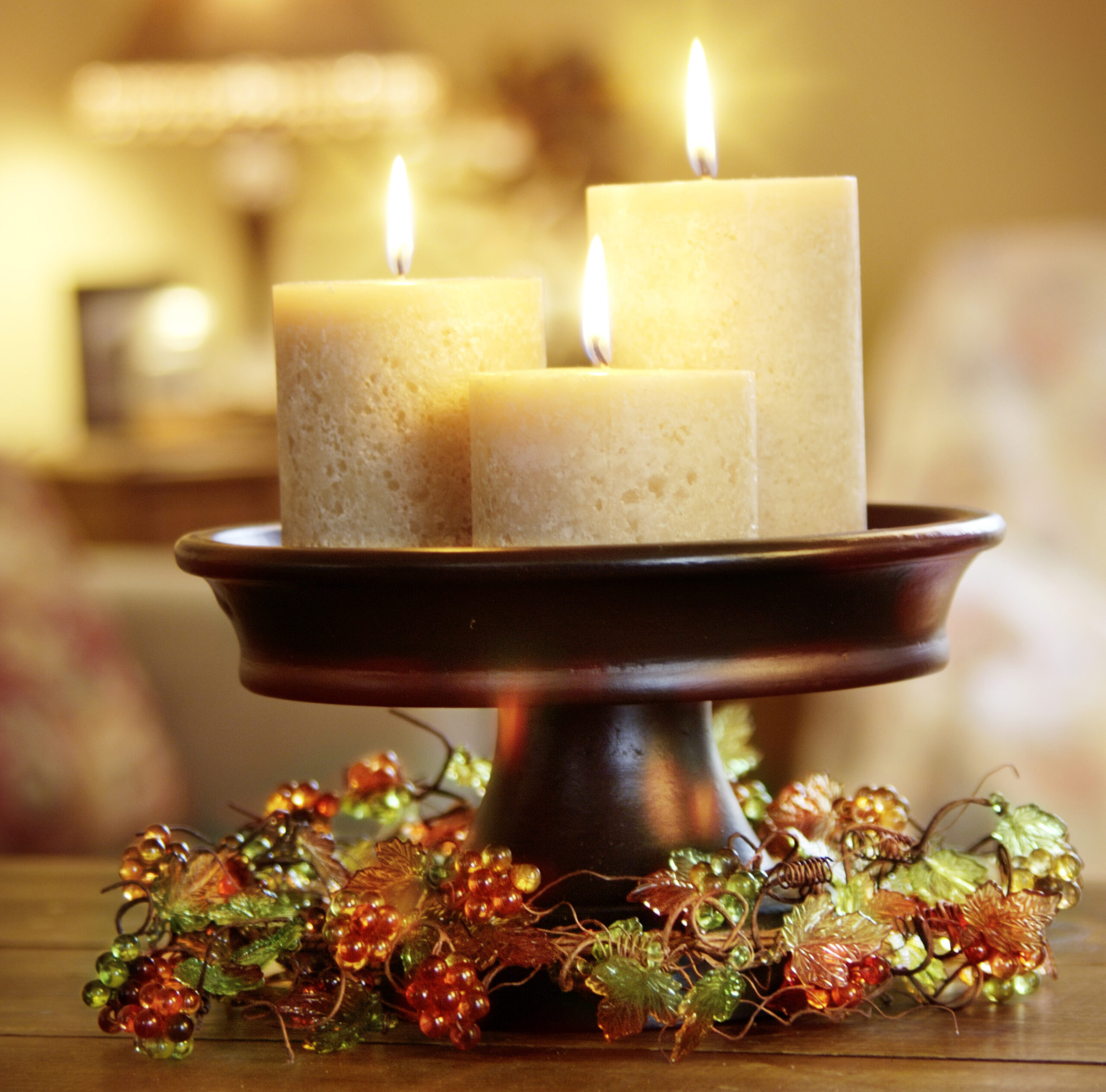For many, the holidays are a time for family, friends, food, and fun, but all those festivities increase the chances of another “F” word that can quickly put a damper on all of that holiday cheer – fire.
Cooking, candles, lights and other decorations, smoking, and Christmas trees can all contribute to home fires around the holidays, but with a little preventative care it is possible to safely enjoy the season.
The National Fire Prevention Association (NFPA) reports that U.S. fire departments respond to an estimated average of 790 home structure fires per year that began with holiday decorations – not including Christmas trees.
According to the NFPA, 35% of home decoration fires annually are started by candles, but that number jumps to almost one half in December when candles are found to be the source of 45% of fires involving decorations.
Candle fires peak in December and January with NFPA reporting 11% of annual candle fires in each of these months. The top three days for candle fires are Christmas Eve, Christmas Day and New Year’s Eve.
These fires cause a yearly average of $13 million in direct property damage as well as various injuries including deaths.
To prevent decoration fires, the U.S. Fire Administration (USFA) suggests using decorations that are flame-retardant or not flammable, checking holiday light strands for frayed wires and excessive wear annually, and not connecting more than three strands of lights.
If candles are part of your holiday decor, the safest option is to consider using battery-operated flameless candles, but if you want to have the real deal, USFA advises to keep candles at least 12 inches from anything that is flammable or able to burn. Before going to sleep or leaving your home, be sure to blow out any burning candles and never leave a lit candle unattended.
Christmas tree fires, while not as common, are more likely to be serious when they do occur, according to the NFPA. Almost one-third of home Christmas tree fires are caused by electrical or lighting problems and one in five are due to the tree being too close to a heat source. Lamps, bulbs, and candles are also responsible for many tree fires each year.
Unless you want a National Lampoon’s style holiday, fire authorities say to make sure your tree is at least three feet away from any heat source, like fireplaces, radiators, candles, heat vents or lights and not blocking an exit.
Between 2016-20, NFPA said fire departments responded to an average of 160 home fires that started with Christmas trees per year, with 30% of those fires occurring in January.
As Christmas trees dry out, they become more and more flammable, so it is important to add water to the tree stand daily and dispose of the tree outside of your home once it begins to dry out.
Other than decor-related fires, NFPA says cooking is also a leading cause of holiday home fires, with the three most common days being Thanksgiving, Christmas Eve, and Christmas Day.
Two-thirds of home cooking fires start with the ignition of food or other cooking materials, while ranges or cooktops account for three-fifths of home cooking fire incidents, NFPA reports. Unattended equipment is a factor in one-third of cooking fires and over half of the associated deaths.
Frying food, particularly in things like turkey fryers, dominates the cooking fire problem, the NFPA claims and while clothing is the first thing to catch fire in less than 1% of these fires, clothing ignitions cause an average 8% of the home cooking fire deaths.
The NFPA suggests holiday chefs stay in the kitchen while frying, grilling, boiling, or broiling food. If you are simmering, baking, or roasting food, check it regularly, remain in the kitchen while food is cooking, and use timers to remind you that you are cooking.
Also, cooking aids that are flammable like oven mitts, wooden utensils, towels, or food packaging, should be kept away from hot stove tops and If you are tired or are under the influence of your favorite adult beverage, don’t use the stove or stovetop.
The American Red Cross says precautions against kitchen fires should also include keeping children away from the stove and oven as well as cleaning up greasy spills as you go to remove another fire hazard.
While these precautions will certainly help reduce the chances of your holiday going up in flames, there is little that can be done to totally prevent a home fire. That is why the NFPA stresses the importance of having a home fire escape plan in place that guests are also aware of as well as regularly checking smoke and carbon monoxide detectors.




